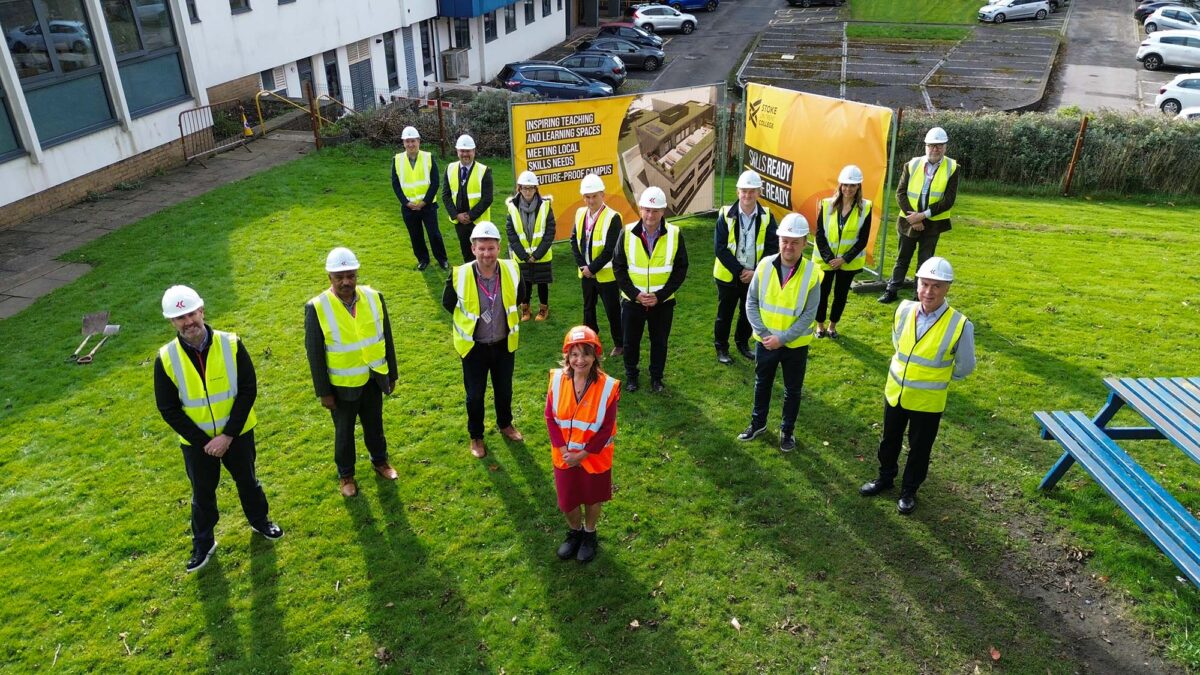Addressing digital inequity in education

When academic institutions were forced to close overnight in March 2020, teachers and faculty members had to completely transform their methods of teaching as they shifted their classrooms entirely online. While the pandemic accelerated the much-needed digitisation of learning for schools up and down the country, it also highlighted a rife digital inequity, with many pupils lacking the necessary devices and robust internet access to support remote learning.
An Ofcom survey from January-March 2020 revealed that 9% of households with children did not have home access to a laptop, desktop PC or tablet. To combat this, the Department for Education provided over a million laptops, tablets and 4G routers to disadvantaged children where their families or schools were unable to do so. However, less attention was paid to digital infrastructure that supports these devices, and today many institutions still remain unequipped to facilitate these new styles of learning.
If this stark digital inequity remains unaddressed across the education sector, social and economic inequity will remain rife across Britain. As the Government actions its Levelling Up initiative and post-pandemic recovery plan, it must seek to address the digital imbalance that covid-19 has exposed.
The future of learning is in the cloud
Since ICT was first introduced into the national curriculum, teachers, pupils and trusts have all witnessed a rapid evolution in the way technology is used in the classroom. What was once taught as a stand-alone subject is now treated as a cross-curricular tool, used to facilitate the teaching of all subjects.
Cloud technology in particular has unlocked a whole new potential for cross-curricular learning, as students have instant access to class materials, textbooks and feedback. Even prior to the pandemic, these benefits were being recognised and the adoption of this technology was picking up speed, with 43% of institutions reportedly using the technology in 2015. Needless to say, covid-19 and the resulting school closures accelerated this adoption, and the edtech sector witnessed a 72% growth in 2020.
While at the start of the pandemic, many were concerned about the impact of remote working on teaching effectiveness and engagement, research has since suggested that on average, students actually retain 25-60% more material when learning online.
Digital learning is here to stay. However, in order to facilitate this shift, schools need to have the correct infrastructure in place to support it. While cloud technology was a saviour for many institutions, the shift from being a ‘nice-to-have’ to an overnight necessity meant that in many instances, systems were not implemented with permanency in mind. As a result, much of the critical infrastructure required to facilitate blended learning securely over the long term was overlooked. Now, institutions need to play catch up and address these issues to ensure that all children have equal access to education.
The networking problem
When schools were forced to close their doors, the UK Government invested £400 million in device and internet data provision for the country’s most disadvantaged children. These efforts ensured that all students were able to be educated from home during the height of the pandemic.
However, two years on, students have largely returned back to the classroom and a new form of inequity has emerged. While device access has improved, little attention and investment has been paid to the infrastructure that supports these devices. When an entire class of children has their own devices, often they will all connect to one singular access point, causing incredibly slow speeds, and periods of downtime can severely disrupt a student’s learning.
With IT now playing a fundamental part of the curriculum at every level, it’s never been more important for schools to ensure their wireless, networking and security equipment are cloud-ready, flexible and at a standard to support the high-bandwidth requirements of hundreds of users. By upgrading their core switching and WiFi and securing their network, schools can provide students with a cloud-ready environment they can thrive in.
Educating the educators
One of the problems exacerbating this issue is that the majority of faculty members do not have a solid understanding of the technology being utilised in schools. According to a study conducted by Lenovo, only a quarter of teachers received training on the technology used in schools more than once a year, while 17% received no training at all.
In primary schools especially, most institutions lack dedicated ICT teams and instead depend on nominated IT leads who do not have specialist knowledge of the infrastructure. These non-specialists, responsible for selecting infrastructure contracts, may find themselves being sold ineffective solutions attached to expensive and lengthy contracts. This can have a detrimental impact on students’ long-term education and development, as they spend a large portion of their academic career using inadequate tech.
As the dependency on technology increases in education, students with limited access to online resources will ultimately fall behind. Digital inequity will only widen the gap between the poorest and the richest, and hinder social mobility. If the government is truly serious about it’s levelling up agenda, it must invest in networking infrastructure in education. Only then, will we achieve true digital equity in the UK.
Rachel Rothwell, Regional Director Western Europe at Zyxel Networks











Responses